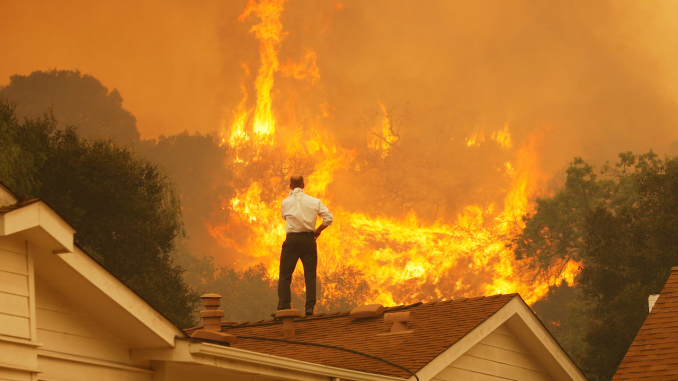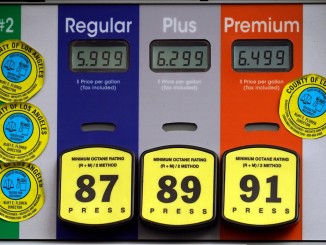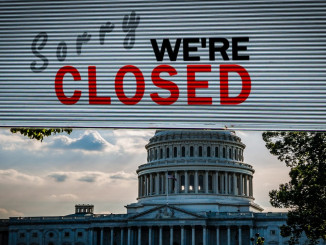
A pink sun looming through the thick, burnt orange sky was a sight seen in nearly every corner of the U.S. over the past summer as wildfires spanned the majority of Canada, Alaska, the western U.S., and even Maui, HI. At the same time, unprecedented storms with historic rainfalls brought record-breaking flooding across North America.
In many parts of the world, the lives of tens of millions of people are being destroyed as they are driven from their homes by climate extremes – massive flooding or droughts – making growing crops and raising animals impossible. These are not isolated incidents. This July was the hottest month on record with each day breaking records around the world. We can only expect an acceleration of the climate crisis in the months and years to come.
This is the situation we confront today. And we cannot ignore it. We are armed with the growing body of scientific analysis and modeling of the changing climate. Our challenge is to understand and act.
Scientific models warned us that the carbon and other greenhouse gas emissions are trapping more heat from the sun than is normal. This is heating the entire planet. This warming may be gradual, but its impacts can lead to a cascading series of impacts which can result in the total transformation of our environments. For instance, droughts are transforming once-fertile areas into deserts. Some scientists call this a tipping point, where the changes to the ecosystem are irreversible and will not recover to anything close to their earlier state.
Scientific models have predicted this possibility but have generally underestimated how soon we might see such severe changes. They are being challenged by the reality we confront today. Some of the worst-case predictions that consider these massive climatic shifts are becoming backed up by reality. This is especially true with the warming of the world’s oceans – floods, and storms become more frequent, severe, and erratic. More dramatic is the prospect of ocean currents changing the direction of their flow, like the Atlantic Ocean, which could drastically change the climate of Europe and eastern North America.
We should be alarmed. But we cannot be paralyzed or panic. To respond we must understand the cause of these changes. The massive discharge of carbon into the atmosphere through the burning of fossil fuels has disrupted the cycle of the circulation of carbon which is essential to life on the planet. This involves plants capturing CO2 and through the process of photosynthesis, storing the carbon and releasing oxygen. The oil, coal and gas that is burned is the carbon stored in plants and animals that lived millions of years ago. Putting this ancient carbon in the atmosphere at such fast rates and high quantities disrupts that balance of life on the planet. Not only does this disrupt the balance of life cycles, but the greenhouse effects of that excess carbon in the atmosphere are leading to other tipping points that warm our climate. This is the Carbon Cycle. Understanding the Carbon Cycle allows us to understand the problem – the releasing of ancient carbon by burning oil, gas and coal. And the solution – the necessity to stop releasing so much of our stored carbon and to recapture that carbon and sequester it – put it back in the ground or beneath the surface of the oceans and lakes of the world.
Is that possible? Hopefully so. First that means putting an end to the capitalist system that has no regard for life in its relentless drive for profits. Then to free scientific knowledge and exploration from the grip of the same forces that are only interested in profiteering. Only then can we engage the creativity of humanity to address the destruction this system has caused .




